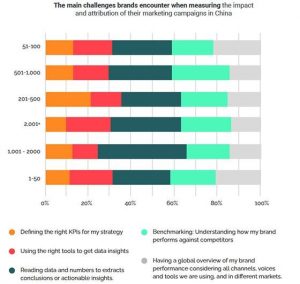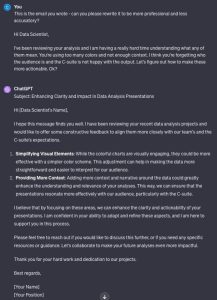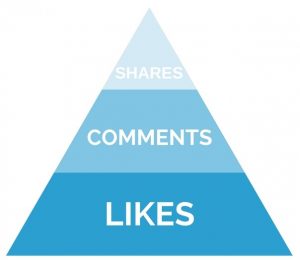By Tim Ringel
Allow me to say this as clearly as possible:
There’s no longer an above-the-line or below-the-line in marketing and advertising.
The accountability lines between above-the-line marketing (actions that focus on awareness-building, sentiment, and recall), and below-the-line marketing (directed at activities like promotions, couponing, and direct response), are merging.
Think of marketing and advertising activities a different way: If you can’t measure it, you shouldn’t do it.
Why? Well because enhanced return on investment (ROI) measurement tools and our digital/mobile/streaming world have now made it possible to increase campaign and creative accountability across all of our efforts.
This doesn’t always have to mean dollar in versus dollar out, either. Accountability can include key performance indicators (KPIs) like improving a share price, differentiating from competitors, or collecting more first-party data. The secret is that ROI comes in many different forms. And if you’re shaping your 2024 marketing plans without taking this into account, you’re putting your brand at a serious disadvantage.
The old way never made sense
There was always a kind of perfect symmetry to above-the-line and below-the-line. It clearly defined the objectives and it set forth the expectations for each marketing communication.
Here’s where the logic always broke down for me: Above-the-line was difficult, if not entirely impossible to directly correlate to actual sales. But it typically still received the lion’s share of the marketing budget. And while I agree branding is important, it makes no sense to place it beyond the need for reasonable success metrics to justify spend. This sentiment is supported by brand stakeholders, who have been pushing harder every year for increased accountability from every dollar spent.
Be that as it may, we simply couldn’t measure success as granularly as we wanted. And even when we could, it was only for that portion of the audience that had embraced some form of all-digital media consumption.
A revolution to “count” on
Now, though, there’s no excuse for failing to hold all of our communications efforts up to a higher standard. The technology for measurement, combined with an audience that has finally adopted an all-digital media diet en masse, has made it easier to connect any ad directly to profitability.
Yes, we still need to have distinct branding efforts balanced against response efforts. But now with richer sources of ad interaction data and the ability to more reliably track the entire sales journey, we can better understand which creative executions perform best in our brand advertising, just like we do with our response executions.
So, the question is not whether we should bring more accountability to our advertising. The question is, why don’t we see more of this kind of accountability at play in advertising already?
How we can move forward
I believe the culprit here is a failure of imagination. We’ve done things one way for too many years and we’ve become stuck. We’ve built up our attachment to false metrics, such as sentiment and views, as if that’s all we can evaluate. And we’re too precious about our creative executions, holding on too long to ads that are no longer working.
It’s time to reimagine what a brand ad can achieve:
Also, I dare say, if you’re a brand marketer and you’re not hearing these kinds of suggestions from your outside partners, it’s also time to reevaluate your relationships and start finding new ones. Because throwing money at old thinking benefits no one.
Tim Ringel is a cofounder and global CEO of Meet The People.
(6)








